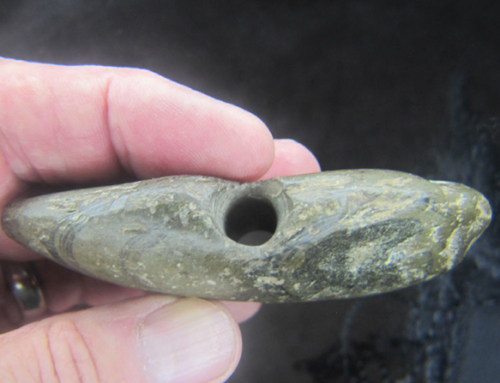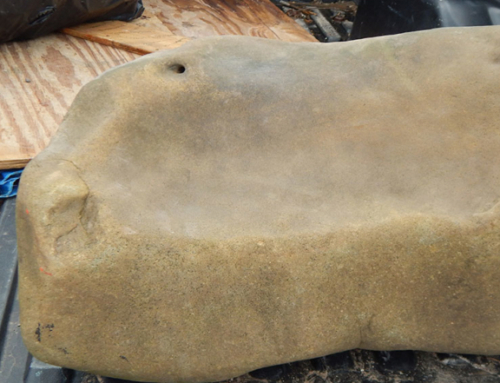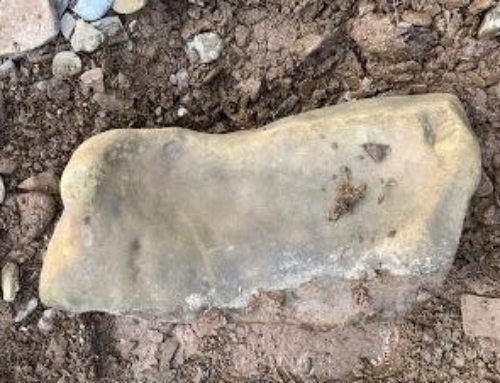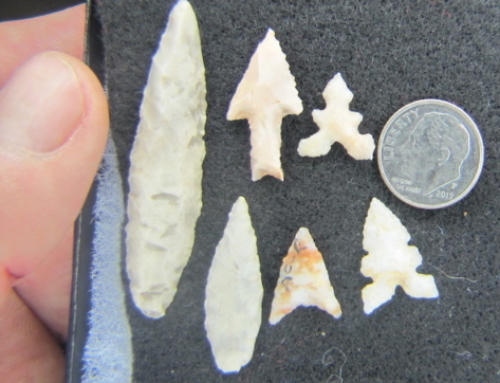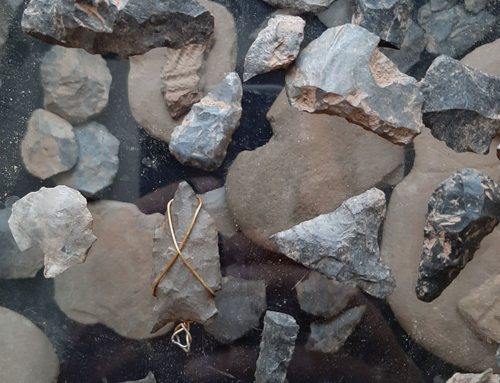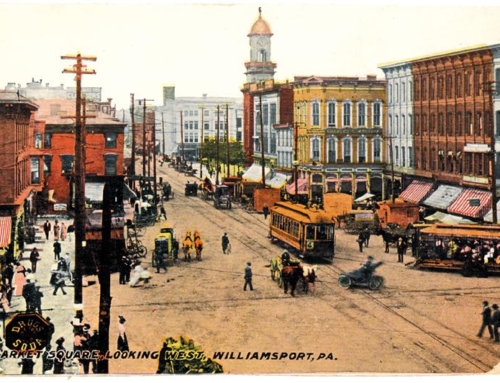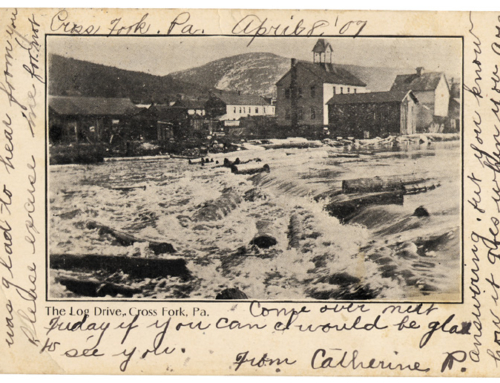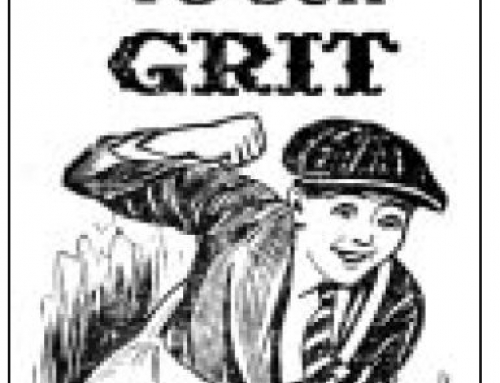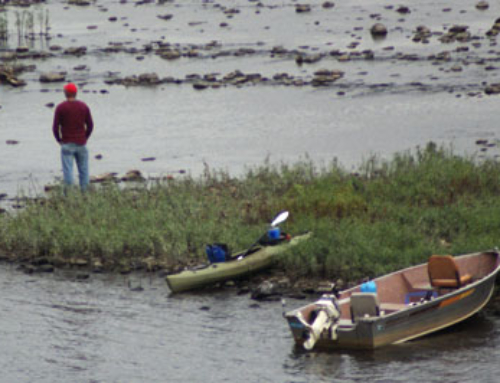
Peter Herdic
Today we take for granted smoothly paved streets for our vehicles to safely travel on but it was not always so. For many years, before the advent of asphalt paved streets, streets could be a muddy, rutted horror, particularly in the spring and in the fall.
One of the first attempts to change this in Williamsport occurred in the summer of 1868 when Peter Herdic, one of the city’s most noted movers and shakers, proposed that portions of West Fourth Street be paved with wooden blocks about the size of bricks. Much of the information in this article is derived from an article written by the late Everett W. Rubendall for the Lycoming County Historical Journal in the mid-1980s.
Rubendall wrote that Herdic was anxious to improve land that he owned and had developed west of Hepburn Street, and believed the use of the wooden paving known as “Nicholson Blocks” might be good for that purpose. He thought that the streets would be quieter and this would be a good, modern innovation that would signal that Williamsport was a city moving onwards and upwards. It would become the city’s first and most ambitious attempt to pave the streets.
Herdic wielded enormous influence both economically and politically in Williamsport at that time and brought all that influence to bear on the city’s select and city council. City ordinances required ratification by both bodies. The ordinance had the high-sounding title of a “street improvement ordinance.”
According to Rubendall’s article, the council meeting to consider the ordinance was “chaotic and seemed endless.” After much discussion and after a second reading the ordinance passed on June 3, 1868.

The wooden street-paving project helped to act as a catalyst for the further development of West Fourth Street on both sides of the street, west of Hepburn Street. The completion of the Weightman Block was one of the major results.Herdic was elected mayor of Williamsport in 1869, serving until May 1871. As mayor he signed the bond issues that helped pay for the paving project but this bond issue would have detrimental effect on the financial health of Williamsport later.
The Financial Panic of 1873 was ruinous for the Herdic financial empire as well as the City of Williamsport. The panic and the ensuing economic downturn helped to plunge the city into a $600,000 debt, an unheard of amount at that time for a city of this size. Bankruptcy reared its ugly head as creditors clamored for satisfaction. Even the city’s fledgling fire department was on the auction block. It was speculated that the debt was one-quarter the assessed value of the city’s property.
In September 1876, city and select councils refused to provide interest on city bonds more than $200,000. The matter was brought before Columbia County Judge William Elwell for judgment. He ruled against the city and ordered that all the interest be paid.
Against this backdrop a young attorney, who would later become mayor, entered the picture and helped stabilize the situation. Herbert T. Ames was named chairman of city council’s finance committee and within a year worked out a debt funding schedule that wouldn’t prove ruinous to the city and would put the city’s financial house back in order.
Wear and tear and the 1889 and 1894 floods finally took a toll on the Nicholson block-paved part of West Fourth Street.
In a report to City Council in June 1895, George Snyder, city streets engineer reported that “the greatest part of the city’s debt was incurred constructing pavements of wood and the city has nothing to show for it.”
It was later estimated that it cost $4.50 a square yard to build the Nicholson block pavement. Snyder also reported that year that of the five miles of paved streets in the city, 1.39 miles were wood, 1.24 brick, 1.04, macadam, and .66 miles of cobblestones, leaving 45 miles of unpaved streets.
Thus ended an interesting but costly adventure in the development of the transportation infrastructure of the City of Williamsport.
By Lou Hunsinger Jr., Williamsport Sun-Gazette


